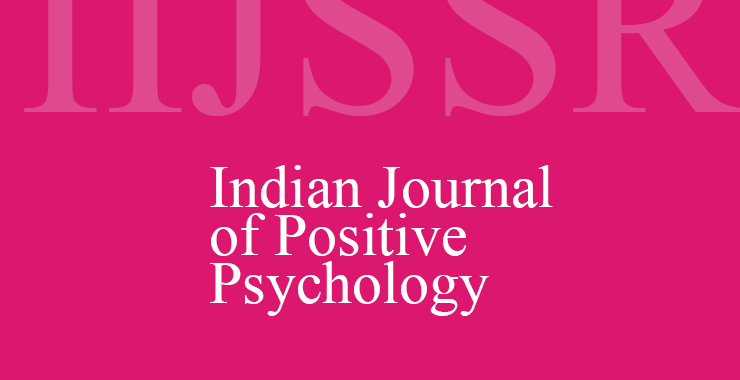Smartphone Addiction, Self-efficacy, and Psychological Distress among University Students
Original price was: ₹ 201.00.₹ 200.00Current price is: ₹ 200.00.
Page: 203-209
Md. Shahadat Hossain (Department of Psychology, Gopalganj Science and Technology University, Gopalganj, Bangladesh)
Description
Page: 203-209
Md. Shahadat Hossain (Department of Psychology, Gopalganj Science and Technology University, Gopalganj, Bangladesh)
This study examines smartphone addiction, self-efficacy, and psychological distress among university students in Bangladesh. A total of 227 participants (110 females, 117 males, ages 18-26, M = 22.72 years, SD = 2.11) from Gopalganj Science and Technology University were selected using convenience sampling. The Smartphone Addiction Scale (SAS), General Self-Efficacy Scale (GSES), and General Health Questionnaire (GHQ-12) were used to measure smartphone addiction, self-efficacy, and psychological distress, respectively. The results indicated a strong negative correlation between smartphone addiction and self-efficacy (r = -.89, p < .01) and a strong positive correlation between smartphone addiction and psychological distress (r = .85, p < .01). Self-efficacy and psychological distress were also negatively correlated (r = -.83, p < .01). Gender differences were not significant for smartphone addiction, self-efficacy, or psychological distress. Additionally, time spent on social platforms significantly influenced smartphone addiction, self-efficacy, and psychological distress, with greater time spent linked to higher addiction, lower self-efficacy, and greater psychological distress. Hierarchical regression analysis revealed that smartphone addiction significantly predicted psychological distress (β = .85, p < .001), and self-efficacy also significantly contributed to explaining psychological distress (β = -.36, p < .001). The study suggests that interventions targeting smartphone addiction and promoting self-efficacy may reduce psychological distress among university students.

